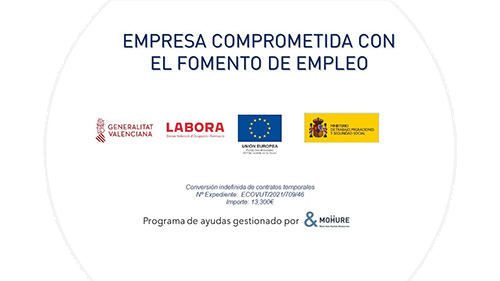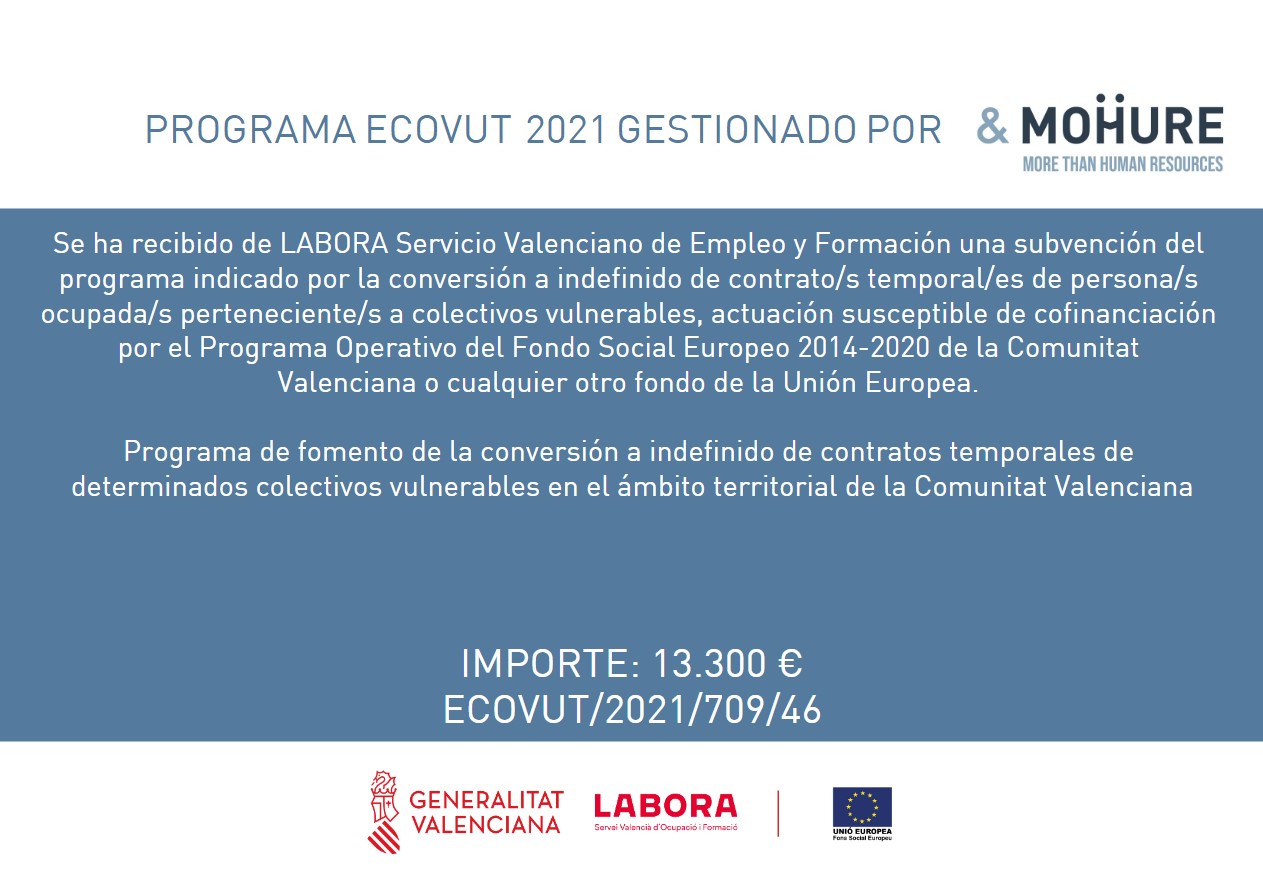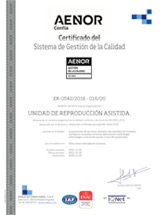With respect to families, there is nothing written in stone. Each family nucleus is unique and different from the rest, without predetermined rules and limiting definitions. Options which not too many years ago were few and far between or even worse were actually frowned upon, are now our daily bread and butter and the starting point for families as valid and legitimate as any other. Therefore, becoming a mother without a masculine partner by means of assisted reproduction is no more than just another way of making that dream of forming a family comes true out of personal choice.
There are different options for becoming a single mother with assisted reproduction. More and more women are taking up this option, spurred on by greater self-confidence and by a situation that is no longer stigmatic. Reproductive medicine puts at their disposal different options so that each woman takes the road which she feels best suits her, and so pave the way towards creating a family.
From 2006, every woman over 18 years old is free to proceed with the treatments which she feels are necessary for her to becoming a single mother by means of assisted reproduction. Without the need for anyone’s permission, none other than her very own decision. An option for which we have laid out different alternatives here at UR Vistahermosa.
IAD
IAD (artificial insemination using semen from a donor) is, without a doubt, one of the quickest and most effective options. The woman is inseminated with semen from an anonymous donor, depositing the spermatozoids in her uterus and after just 24 hours she’s free to carry on with her normal day to day life.
FIV with gametes from a donor
FIV, another popular treatment used by those looking to become a single mother via assisted reproduction, consists of the union of an ovule and a spermatozoid in the laboratory to create the embryo. When the patient is not more than 35 years old the success rate is over 70%, which makes this an excellent solution for those who wish to embark on this route.
Egg donation
In-Vitro Fertilization can be carried out in a conventional way, using the woman looking to become pregnant’s ovules or with donated ovules. This option is an ideal solution for women who are slightly older, as they may opt for donated oocytes from women who are at an age of greater fertility.











